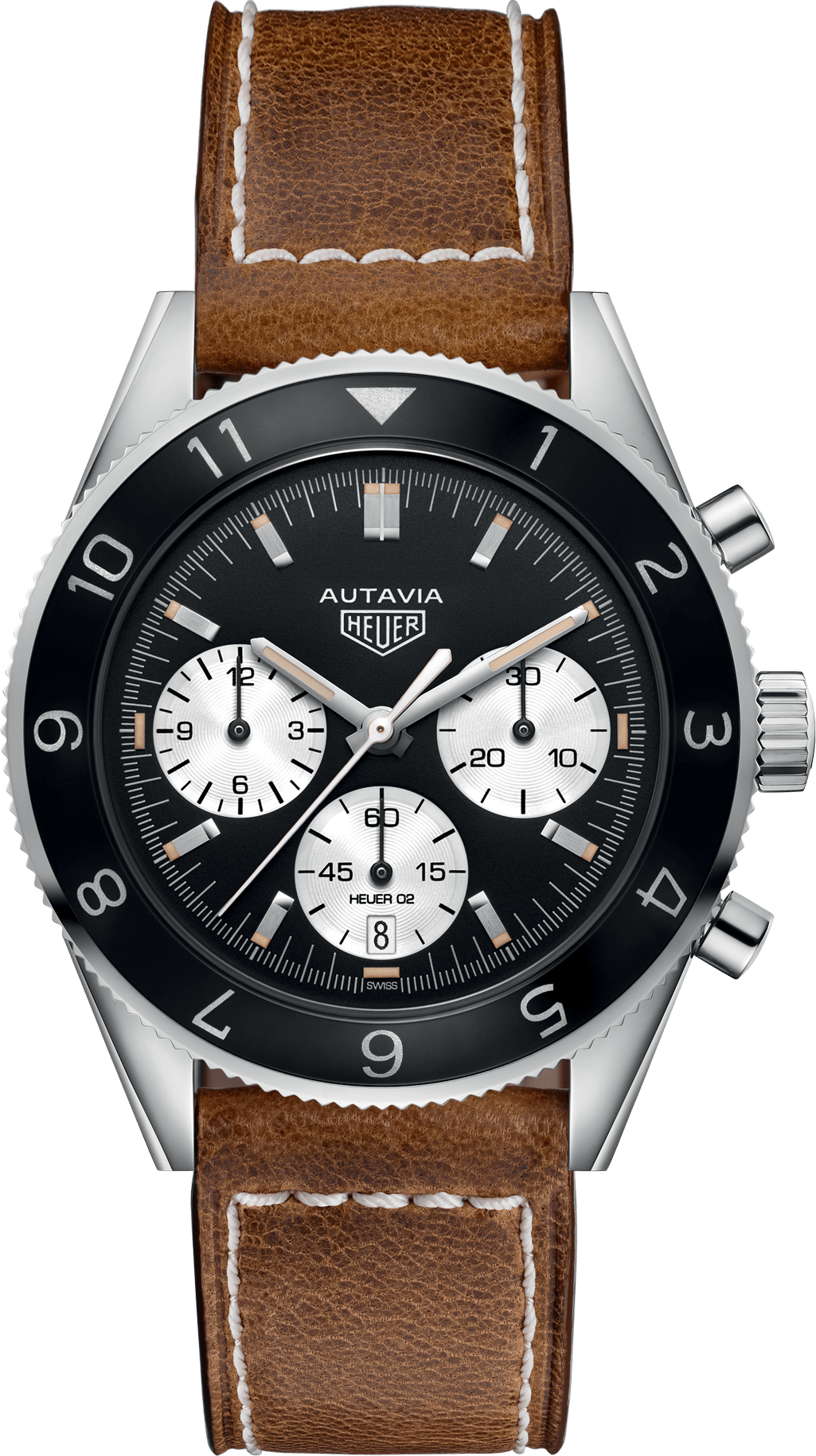This year marks the 50th anniversary of the first 3 automatic chronograph watches to be introduced to the public. Those watches are largely relevant to this day, both in their vintage form, and in their modern progeny. The story of how all 3 came to launch in the same year is a favorite subject for watch enthusiasts, and for good reason. Not only are the watches modern day classics, in many ways they’ve represent a high point for the industry as a whole.
To say this accomplishment came down to three watches would be inaccurate, it really comes down to three movements: the El Primero, produced by Zenith; the 6139, by Seiko; and the Caliber 11, produced in partnership between Heuer, Buren + Hamilton, Dubois-Depraz, and Breitling. Heuer and Breitling had well established reputations for their timing instruments; Huer within automotive circles, supplying gauges and handheld stopwatches to racing teams for the prior decade, and Breitling for their Navitimer which had been around since 1952. Omega was the other name in chronographs, and their Speedmaster would also make news in 1969, but for reasons not involving its movement. In hindsight, 1969 would prove to be a watershed year for watches.

The famous El Primmer movement
So who came first? That all depends on how you define first. Let’s start with the El Primero. Zentih began development of their automatic chronograph in 1962, and while they hoped to release much earlier in the decade, their fully integrated design (rather than modular) pushed its release to 1969 within the reference A368 (though they first advertised the A384). The El Primero was impressive right out of the gates thanks to its column wheel design, and high frequency (36,000 vibrations per hour) allowing it to track time down to the 10th of a second. The distinctive dial design, with the 3 subdials each boasting their own color, is still used by Zenith to this day. So is the El Primero caliber itself, after a hiatus in the mid ‘70s and a dramatic covert effort to save the tooling needed to produce the movement (we’ll save that story for another time). Zenith announced their El Primero on January 10th, 1969, making them the first brand to do so.

Catalog selection of Chronomatic watches, credit: OnTheDash
Next we have the Chronomatic, which was dubbed “Project 99” between the united brands Heuer, Buren + Hamilton, Dubois-Depraz, and Breitling. Heuer, Buren and Dubois-Depraz developed the feasibility of producing a chronograph mated to a micro-rotor from Buren, while Heuer and Breitling joined as partners to help fund the project. The result was a lever and cam type chronograph module. Each of the participating brands would receive their own variant of the same movement, giving the Chronomatic group an impressive breadth of product to display at the 1969 Baselworld show. This included icons like the Monaco ref 1133B, the Autavia (each housing the famous Caliber 11), and the Breitling Chronomat. The first Chronomatic watches hit the global market by August of 1969, making them first to enter market on such a scale.

Seiko 6139
Lastly, the most overlooked of the three, is the Seiko 6139. The Japanese brand made far less of a fuss over their new Speedtimer, featuring the automatic chronograph caliber 6139. The watch featured a single subdial at 6 o’clock to track elapsed minutes, and a timing seconds hand. By the end of the year Seiko had already released the successor to the 6139, the 6138 which introduced a second subdial to track the hours. Seiko had their 6139 on the market in Japan at the start of the year, making them the first to market overall.
As you’ve likely noticed, all three have a “first” claim in their own right, but none really embrace the race that was today. The above is all fodder for forum discussions or wry conversation over beers, but in truth, each occupy a unique space and who happened to come first bears little significance in marking the achievement each of these watches represent.

The modern A386 Revival
Today, these historic models live on as popular vintage models, as well as modern incarnations from the surviving brands. The El Primero has gone on to serve (ironically) within the Monaco for a period as the base of their Caliber 36, as well as inside the Rolex Daytona for an entire generation (ref. 16520). Not to mention it can still be had in a myriad of options within Zenith’s own stable, including a few recent re-issues of the originals. TAG Heuer still offers the modern Caliber 11 within the modern Monaco, serving alongside their modern in-house chronograph calibers Heuer 01 and 1887. Chronographs don’t quite have the representation within Seiko they once had, but can be found within their Presage line, as well as upmarket in their Ananta models.
It’s difficult to imagine a similar scenario playing out these days, with a preponderance of resources required to develop and build a new movement, let alone a complicated one. Even the Royal Oak Chronograph we just reviewed uses an F. Piguet base, as do many other high end chronographs. At entry level prices, it’s simply not feasible to to pour millions of dollars and many years into the development of a completely novel movement as we saw in 1969. Though brands uniting to share in those costs still very much happens to this day, and likely more than you realize. One such example is the Tudor Calibre MT5813 (as found in this watch) and the Breitling B01.
This is why we celebrate the 1969 trio of automatic chronographs. Not only are they impressive feats of achievement regardless of era, they represent a high point in the industry through their design, engineering, and partnership. Each of these watches still enjoy a healthy amount of popularity on the vintage market, and their influence in modern watches can be felt far and wide.





